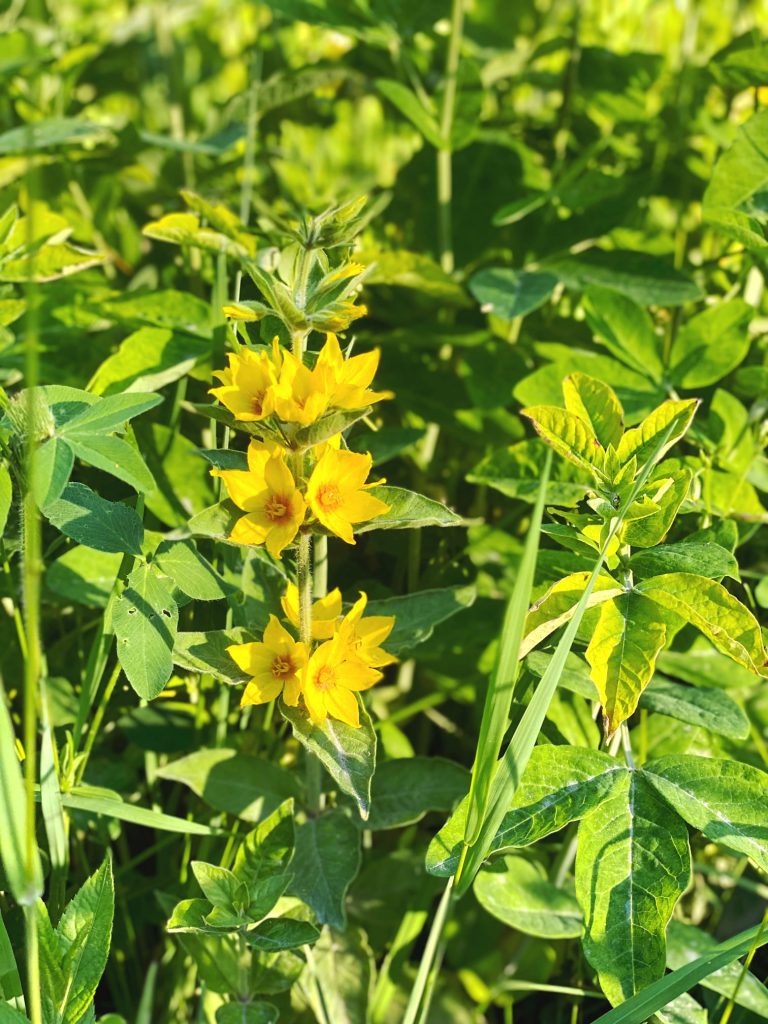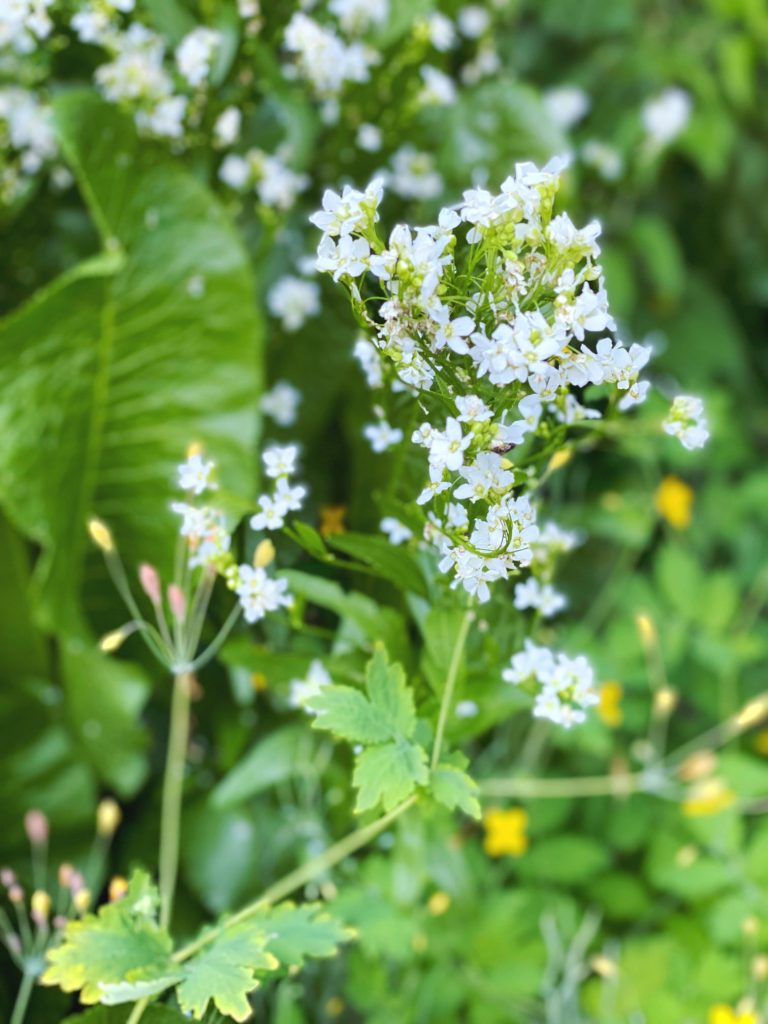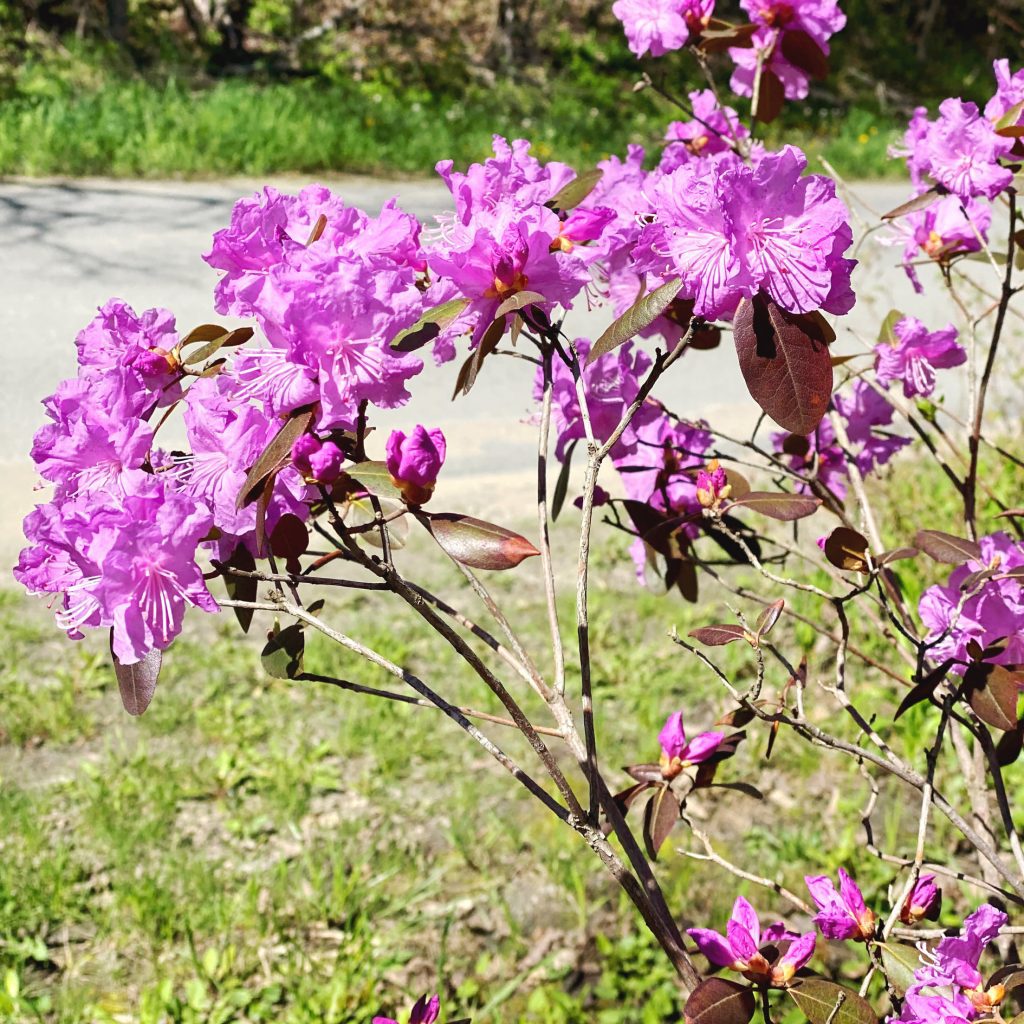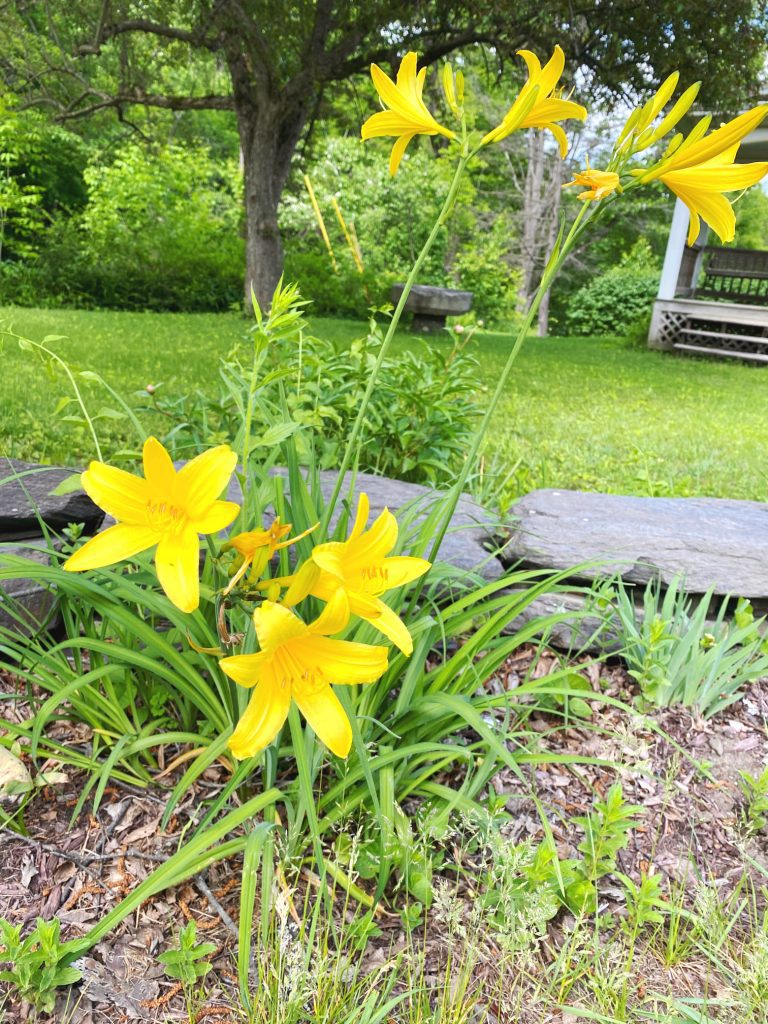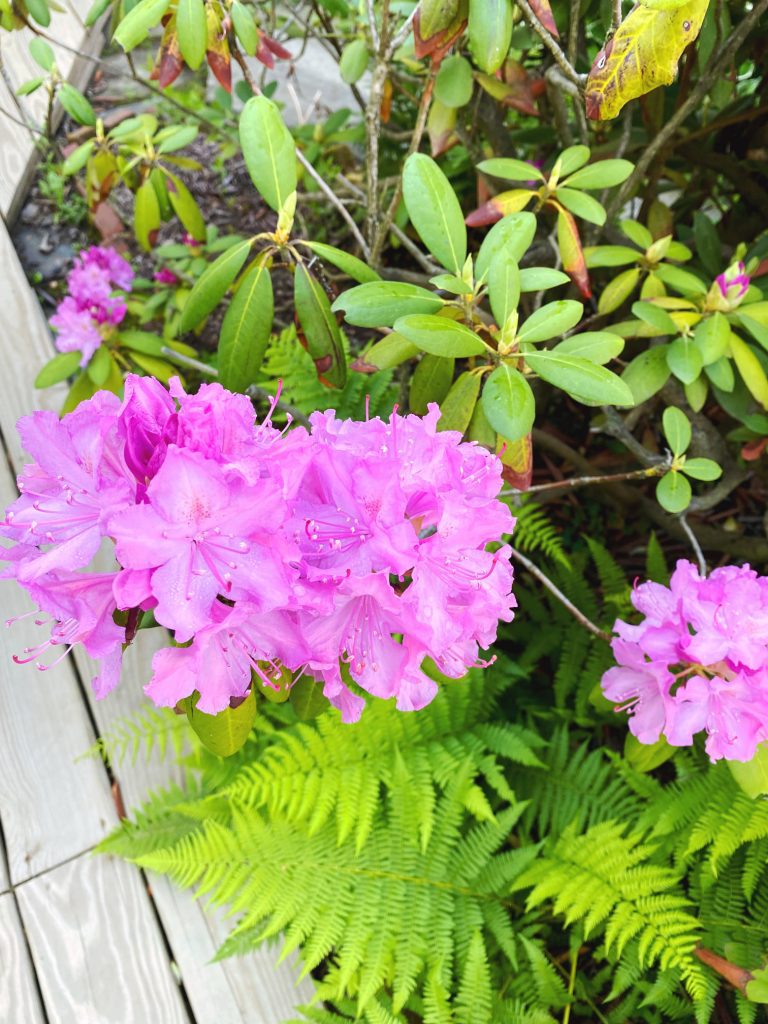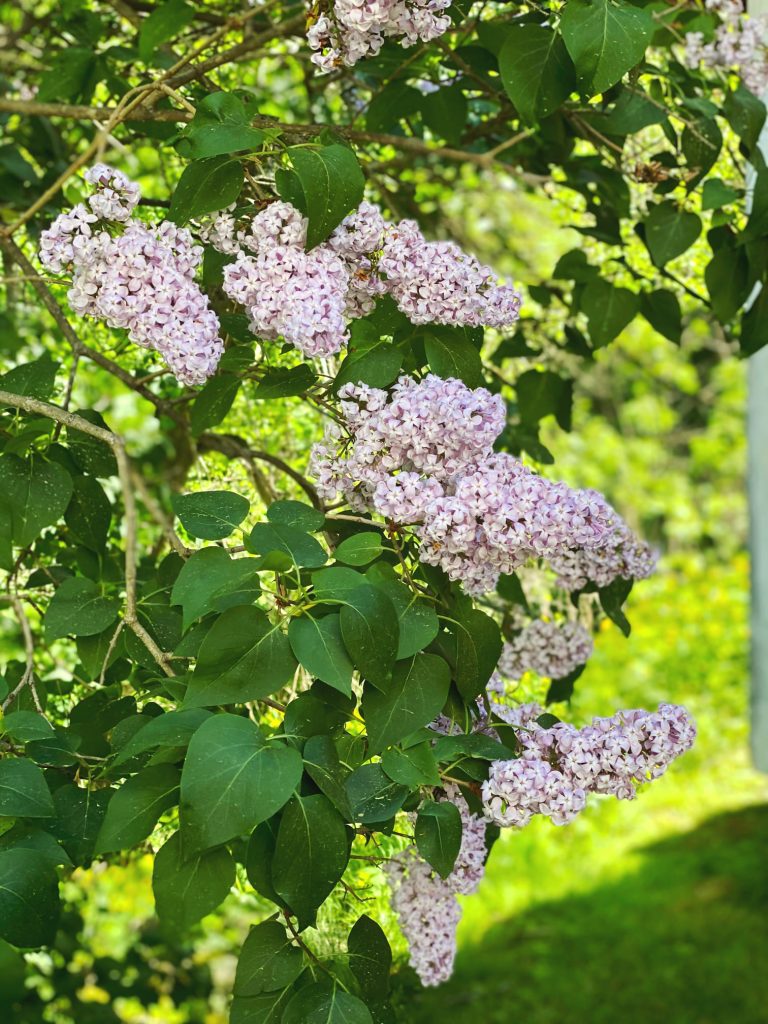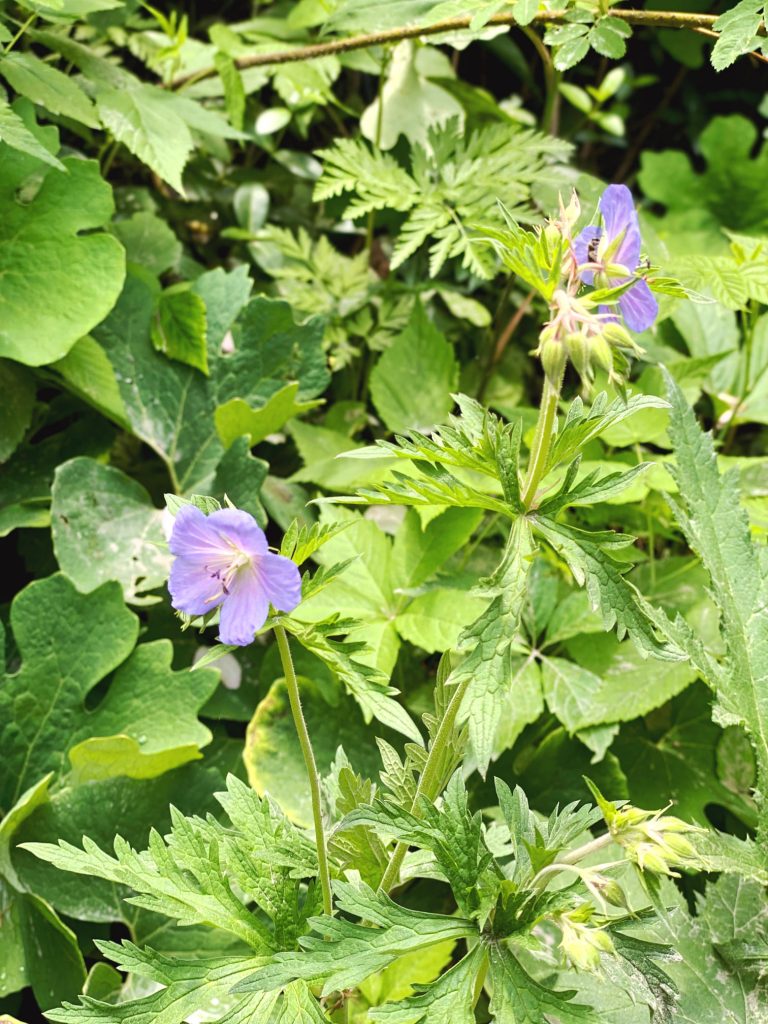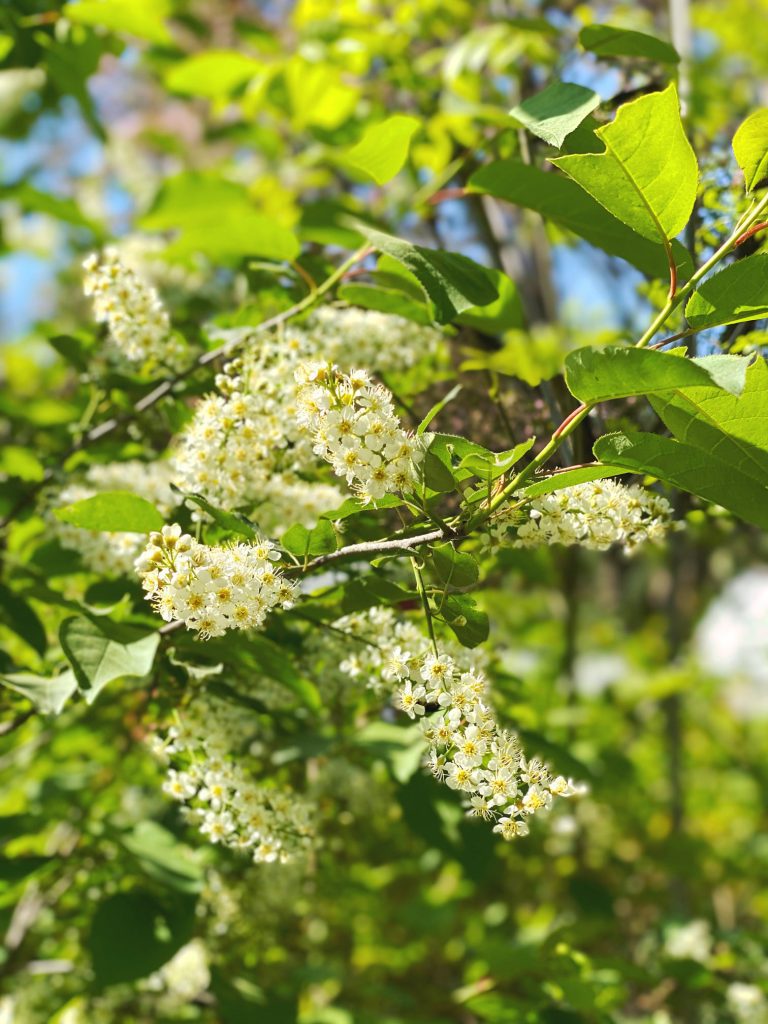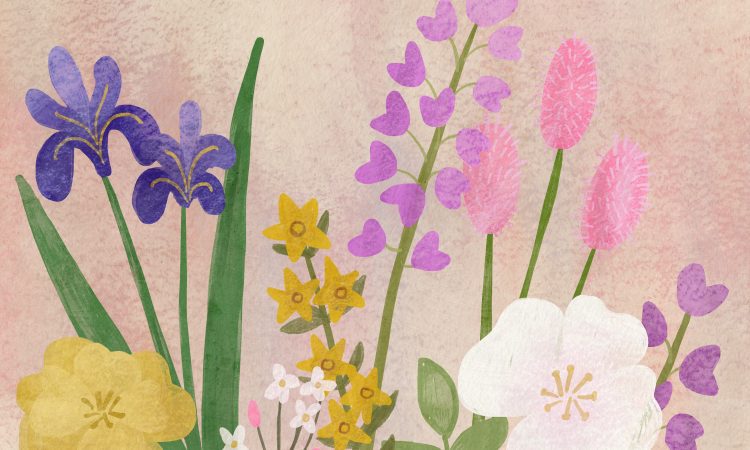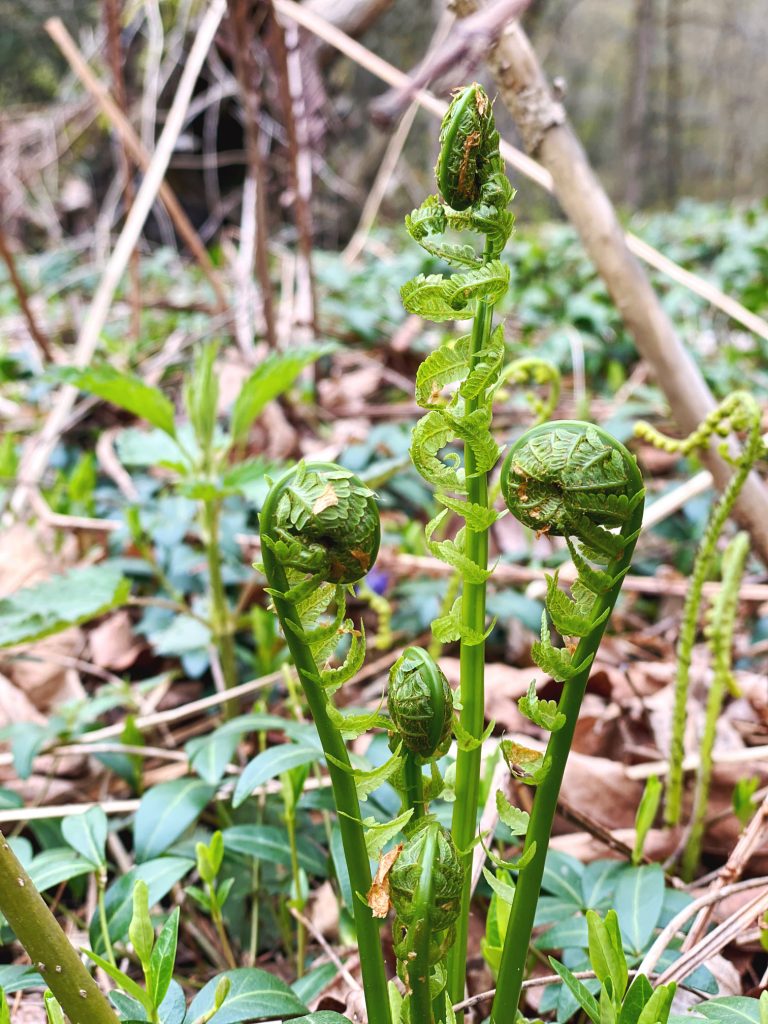
As the weeks went on, more and more flowers appeared in my yard. wildflowers peek out in the forest areas and provide little pockets of vibrance. On particularly warm days, the sweet perfume of floral fragrances fill the house. Daffadills, Rhodedendrons, Irises, Daylilies, Rhubarb, lilacs pop up one by one, so much excitement for someone who loves flowers but has very limited knowledge in them.
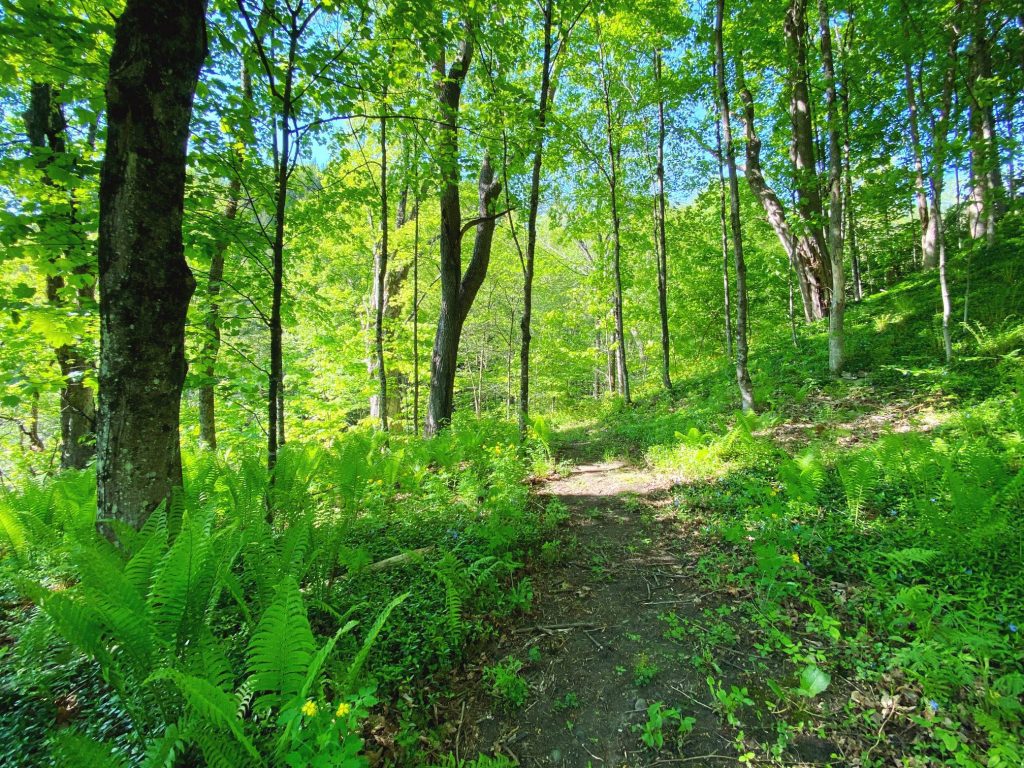
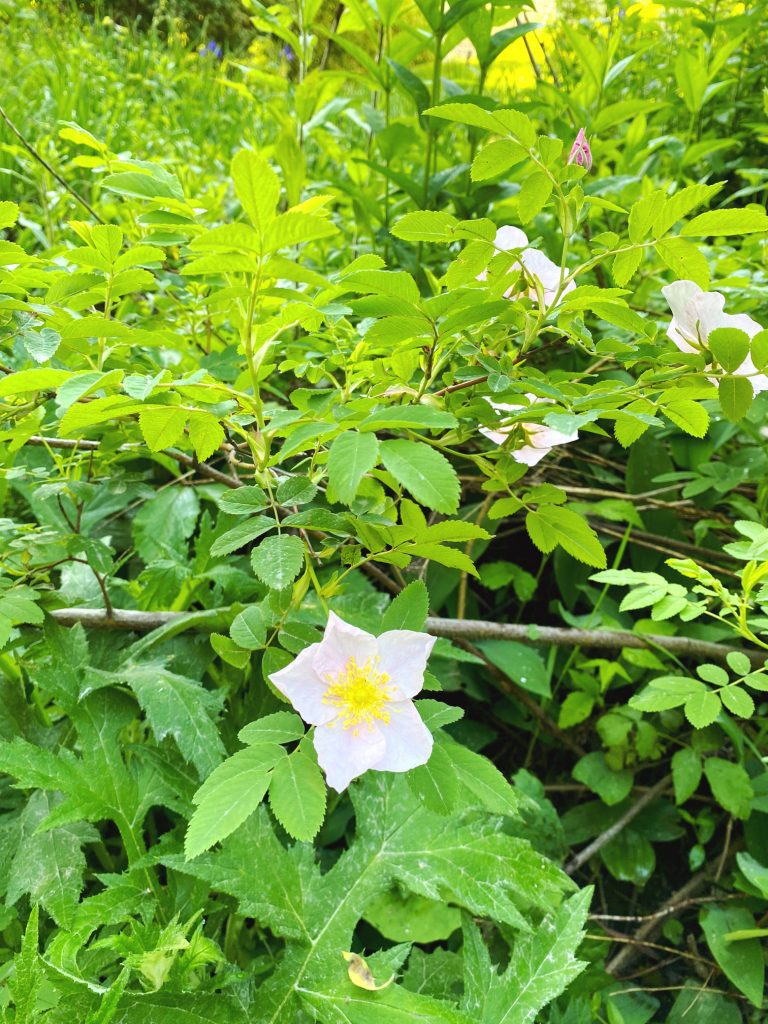
My knowledge of flowers is identifying your basic flowershop finds (tulip, rose, carnation, daffodil, lily,) and even then only when in bloom, and a kindergarten level knowledge of plant care (put seed in ground, give sun and water, and BOOM you have a magical fairy garden).
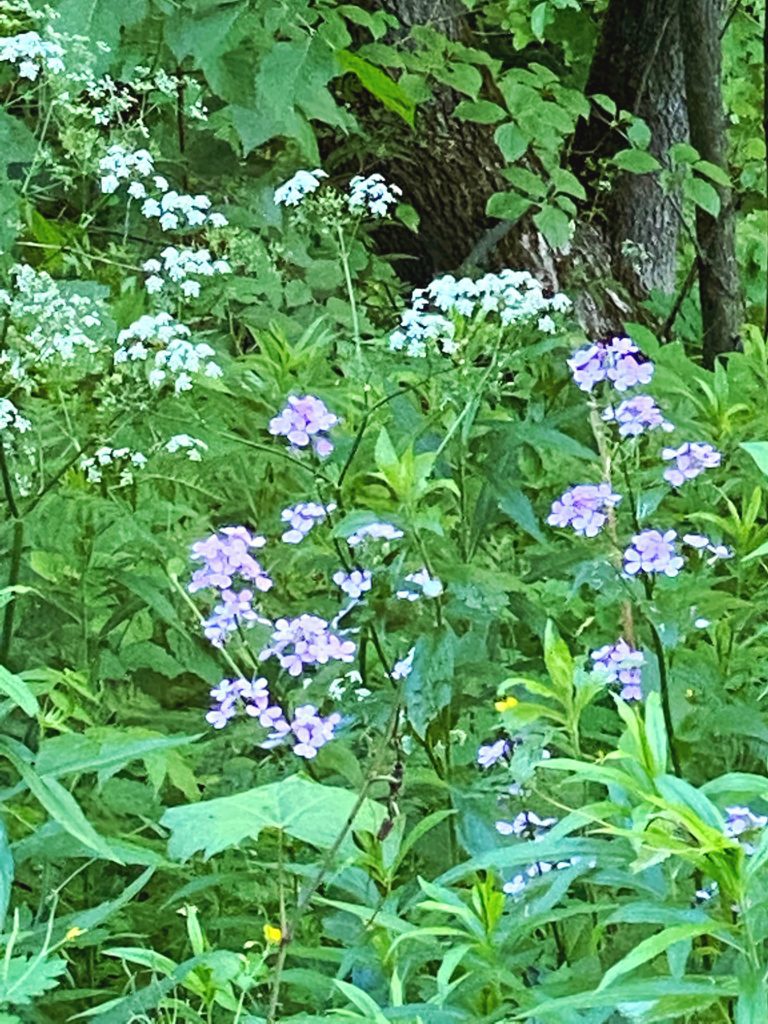
My grandparents were/are amazing flower gardeners. A yard lush and beautiful with flowers that we would run around as children. And although my grandpa is gone now and my grandma is past gardening age, she still has a love and vast knowledge of flowers. This gene, however, was not passed down to me. Or at least, I have never made it a priority enough to learn. Until now.
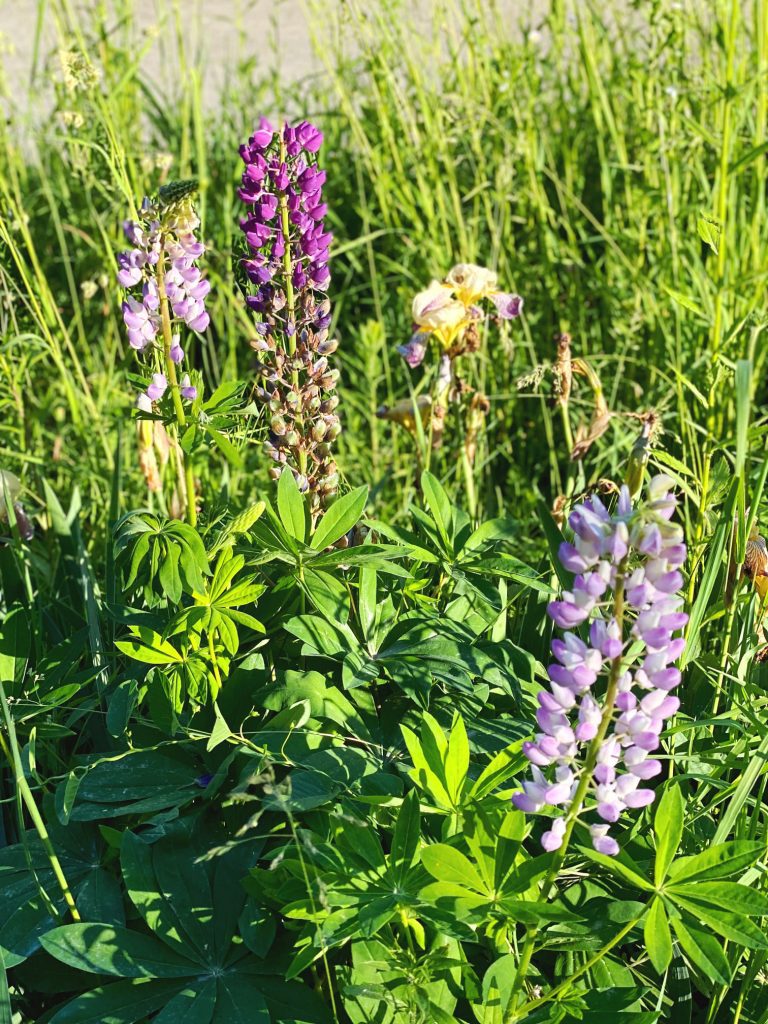
And with the virulent intensity, bordering on obsession (as I do), I armed myself with several books on flowers and landscaping in the northeast and became a member of a vermont gardening group, determined to create a garden that would make my grandparents proud and add a touch of magic to my creative life.
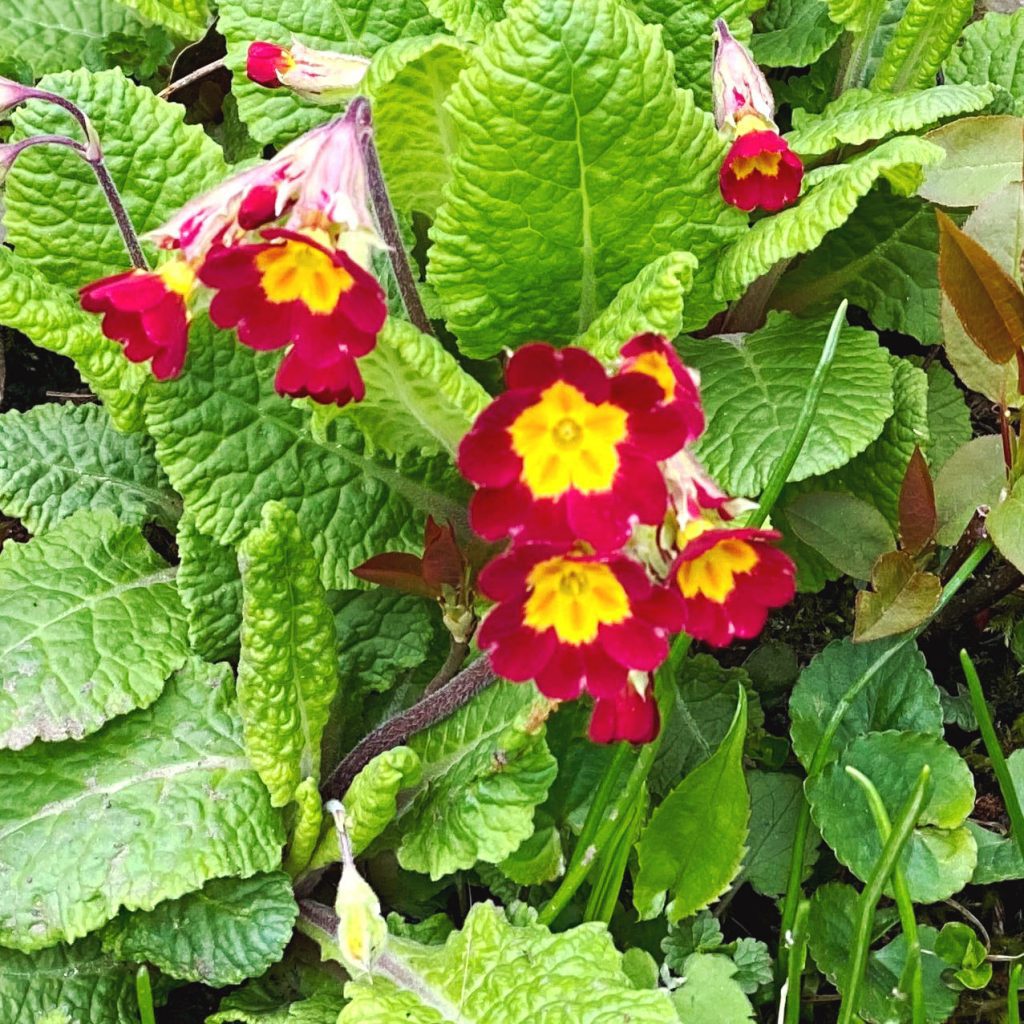
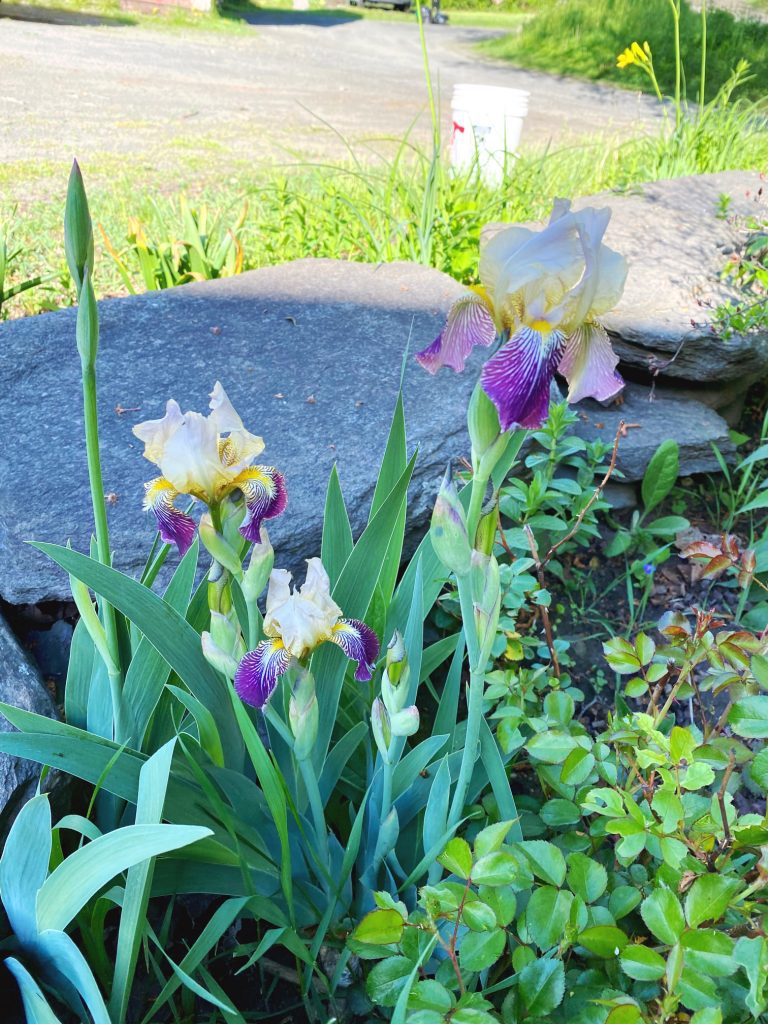
I gathered several plant identification apps, laid a blanket down, and one by one figured out each bloom and wether it should be kept or gotten rid of. And for the past week and a half, I’ve been identifying them mostly poorly. The problem is, identification apps aren’t as good at their job as I want them to be. Many times, each one would give me a different answer to what a plant was. especially if it wasn’t in bloom yet. So some things needed to be passed over until it bloomed. But I was able to get a handle on quite a few. I found several lilies, lily of the valley, hostas, primrose, peonies, wild roses, “tame” roses, honeysuckle, and so much more. Everything going smoothly for the most part.
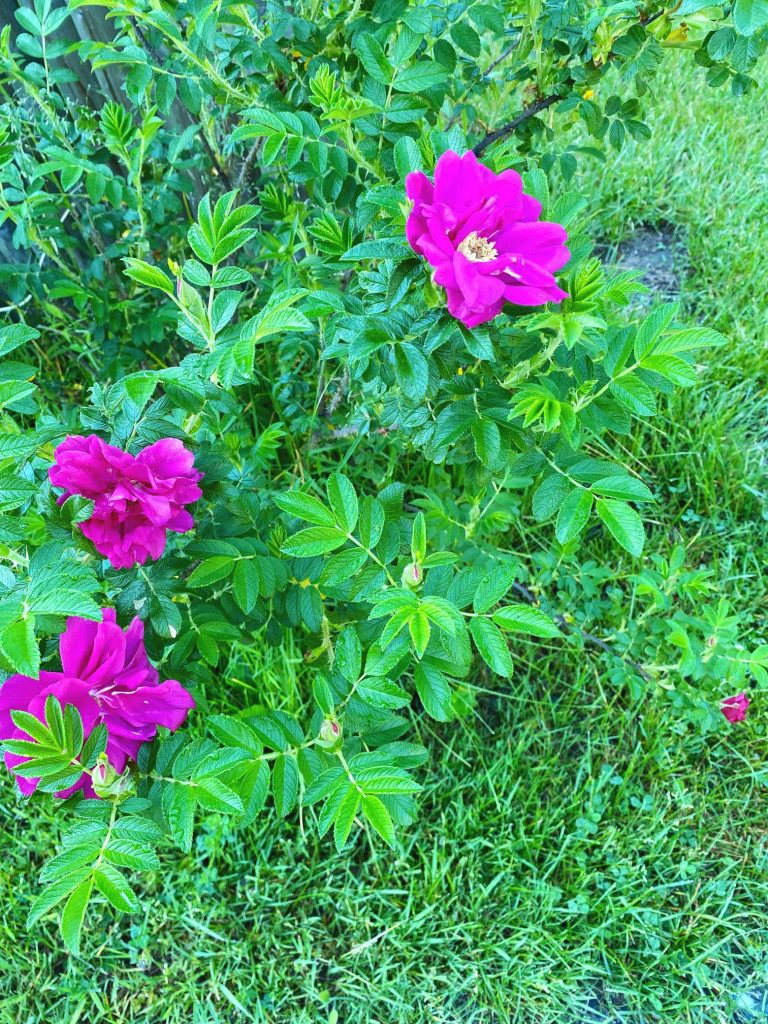
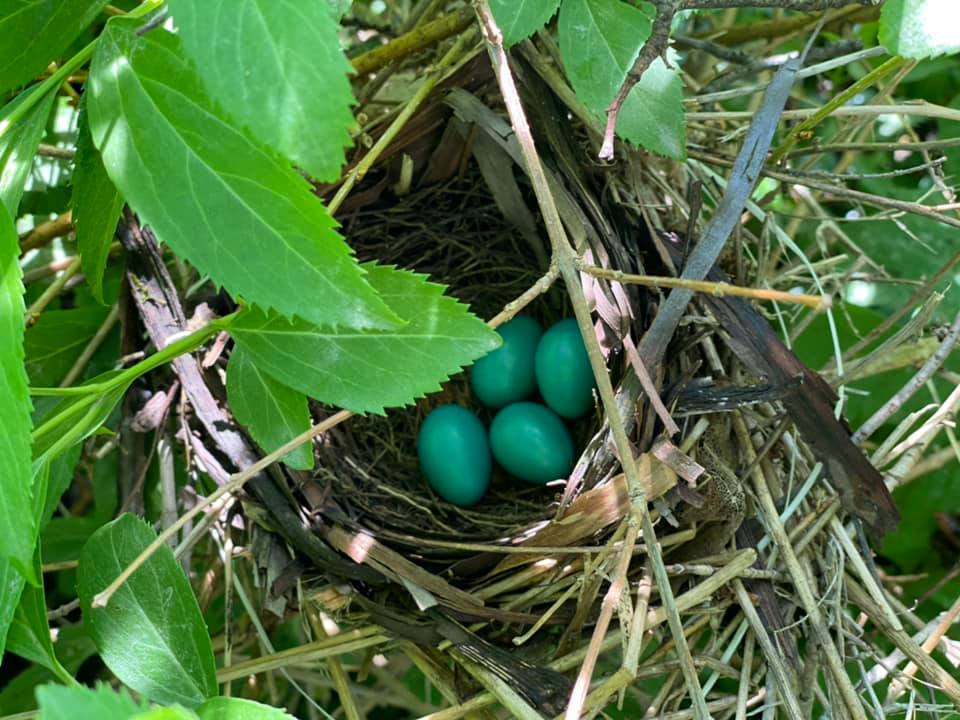
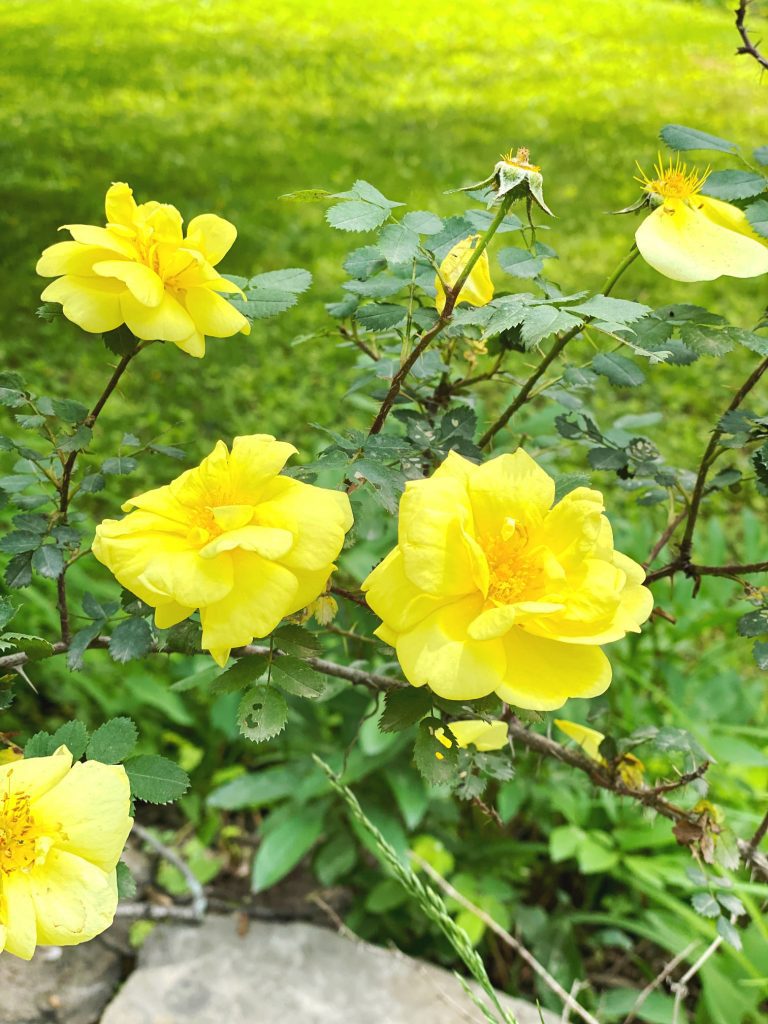
I actually have several more stories to tell. Much has been happening but I’ve been elbow deep in plants and bug bites so I haven’t gotten around to telling them all. But expect many stories in the next week or so.
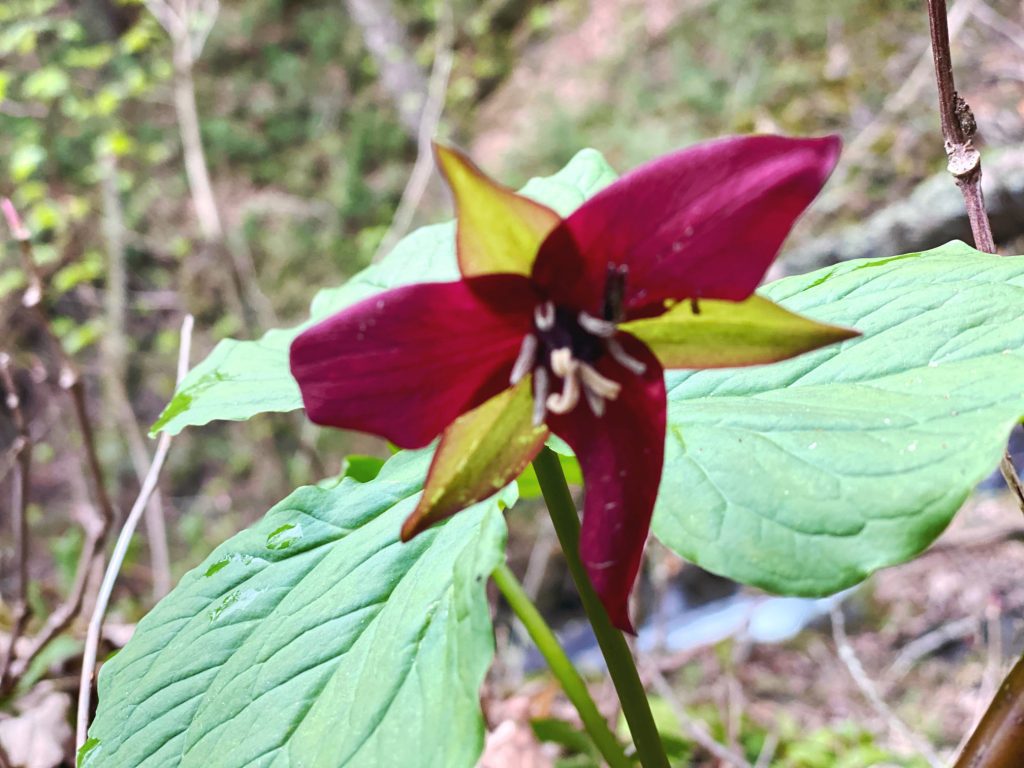
In the meantime, enjoy this collection of flower photos I have taken around my yard.
